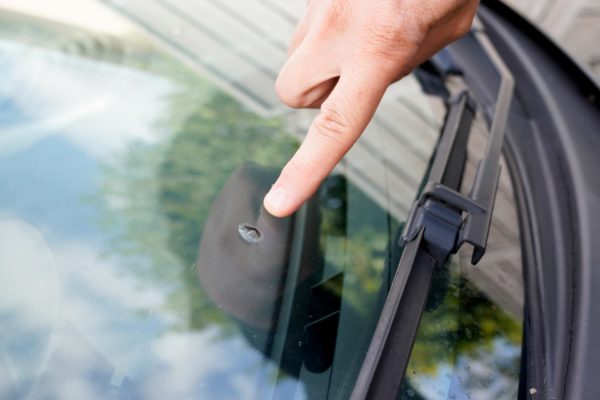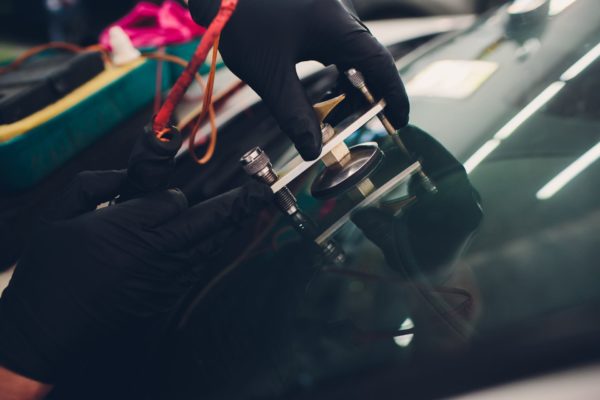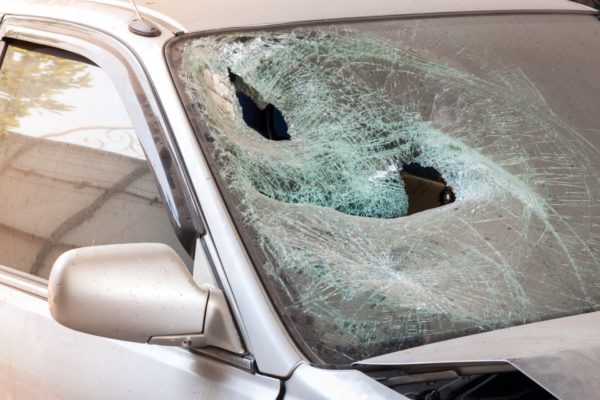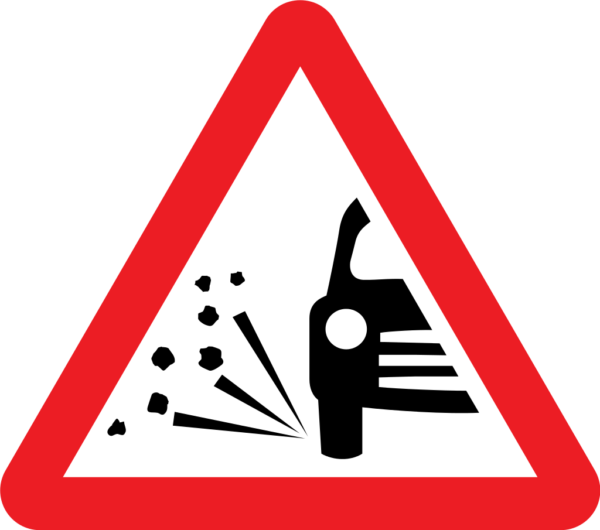The first prize for stopping stones, insects, birds, hail, wind, rain, snow and (occasionally) mammals smashing you in the face while driving is your windscreen. That clear piece of laminated glass has to deflect wind at 70mph, stones hitting it at over 100mph and the odd manure spreader trying to reverse through it. The glass even provides some structural support to the A pillars which helps in a rollover accident.
There are five main types of damage that your windscreen suffers:
- Chips
- Cracks
- Holes
- Abrasion
- Delamination
Chips are mostly easy to repair. Call a mobile windscreen repair company and they’ll come around and fill it with epoxy resin. As this part of the windscreen is now weak, you should get onto this repair quickly in case it develops into a crack.

Cracks can often be repaired. If it’s a small crack, it will usually be either side of a chip (mostly from a stone hitting the screen). A windscreen repair company can fill it. However, if it’s a large or complex crack, you’ll have to replace the screen.

A small crack can quickly develop into a large crack due to the stresses on the windscreen as you drive over bumps, so get a repair done quickly.
Holes cannot be repaired; you’ll have to replace the windscreen.

Abrasion can be minimised but not avoided completely. As you drive, you’re hitting dust and other airborne particles at 70mph. This eventually wears down your windscreen. The acids and grit in bird droppings further scratch the screen. When your windscreen wipers start to wear out, they scratch it, too.
Delamination is when one of the two layers of glass separates from the plastic layer between them, causing a milky view. This is infrequent and is made more likely if your windscreen is constantly exposed to temperature extremes.
How do you reduce the risk of windscreen damage?
Look at the signs
Signs for roadworks, loose chippings and farm traffic give clues that there could be loose stones on the road.

Check your windscreen
Lorry drivers should do this daily as part of a pre-trip inspection, but car drivers also should pay attention to any new cracks or chips. As soon as you notice a chip or crack, get a repairer to come and fix it.
Mesh barriers are available for trucks which help reduce the risk of a stone hitting the windscreen.
Watch your speed
On roads where there are likely to be loose stones, keep your speed down. A stone flicked up from a vehicle coming towards you can hit your windscreen at over 100mph. Keeping your speed down means any impact speed is minimised, reducing the risk it will crack the glass.
Keep your distance
Don’t tailgate. Increase your following distance and there’s less likelihood of a stone hitting your vehicle that is thrown up from the vehicle in front. Similarly, some agricultural equipment, tipper trucks and trailers can shed stones if they are not loaded considerately or cleaned properly.
Protect the glass
Park in a garage if possible; avoid parking under trees where birds can do their business straight onto the glass. Don’t run your window wipers when the screen is dry.
